
Sunday, June 19, 2016. NASA Ames Research Park, in the heart of Silicon Valley.
“Welcome”, says Rob Nail, CEO of Singularity University. “Here, for the first time, you will not feel like weird guys”.
These words sparked laughter in 80 people of 40 countries sitting on the classroom’s multicolored chairs. We’ve all earned our place going through a strict selection process among thousands of applications from all over the world. Admission rate for Singularity University’s flagship Global Solutions Program is said to be lower than Harvard and Stanford.
Silicon Valley’s “innovation university” was founded in 2008 by futurist, inventor and AI expert Ray Kurzweil (68), and entrepreneur Peter Diamandis (55). The vision is to educate and inspire future leaders in the application of exponential technologies to address humanity greatest challenges.
In his opening lecture, Ray Kurzweil explains:
“Technological change is exponential. In a few decades, artificial intelligence will outperform human intelligence. At some point in the middle of this century the singularity will come, a change so rapid and profound that it will be a break in history”.
The average age of the participants is 33, but with high standard deviation. Jack (59), the eldest, is an entrepreneur from Singapore who created the World Toilet Organization, a startup with the vision of helping improve access to sanitation on a global scale. Sven (46), from Sweden, is director of a base in Antarctica. The youngest are Danny (22, Netherlands) nanotech expert, and Perttu (21, Finland), inventor and musician.
That morning, 80 people from 40 countries were about to begin an intensive 10-week summer. For a tech geek like me, a journey down the rabbit hole.
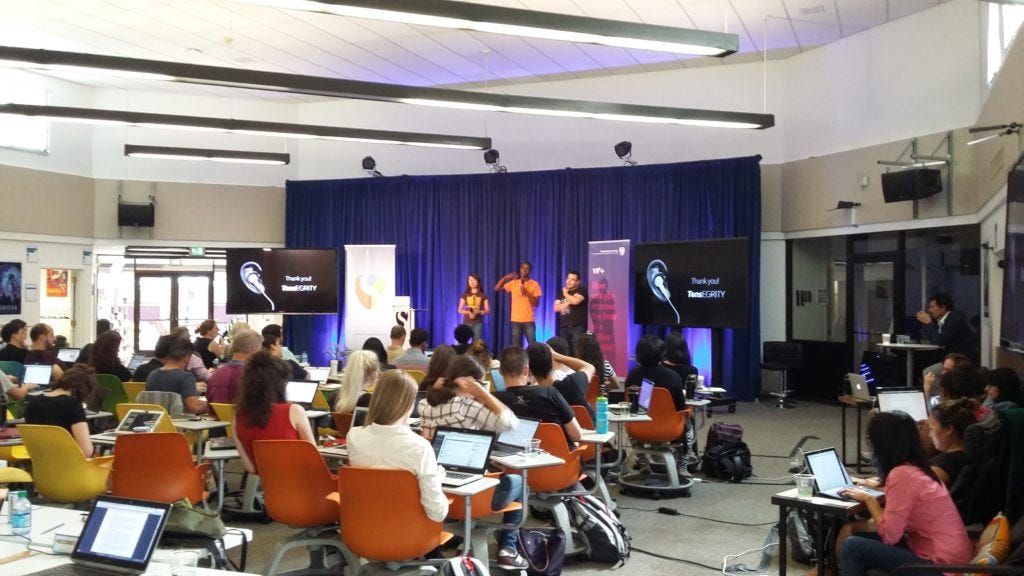
Life at a NASA Campus
Moffett Field is military base built in the 1930s. In 1958, NASA built the Ames Research Center. Since 2009, it hosts Singularity University. From an architectural point of view, it does not seem to have changed much since it was founded. Rooms, which are shared between two participants, are simple. Many don’t even have TV.
This contrasts with the opulence of the GSP, a program that employs 20 staff, 20 full-time teachers and dozens of guest lecturers. “It costs $30,000 per participant for ten weeks”, explains Nick Haan, GSP16 director. None of us paid to be there. Funding came from many regional sponsors and Google, top sponsor.
From Monday to Saturday we wake up early, we have breakfast and at 8:55 am, music indicates it’s time to go to the classroom. Over the next 12 hours, we will attend lectures from experts in exponential technologies such as computing, virtual reality, robotics, biotechnology, nanotechnology, etc. We had Peter Norvig, Google’s AI director; Paul Saffo, forecasting professor at Stanford; Jeremy Howard, deep learning expert; Pia Mancini, on digital government; Aubrey de Gray, medicine and longevity…
It’s like a TED talk after another (in fact, many of the lecturers gave TED talks). It’s not just technology. There’s also design thinking and prototyping sessions, as well as art, meditation and theater.
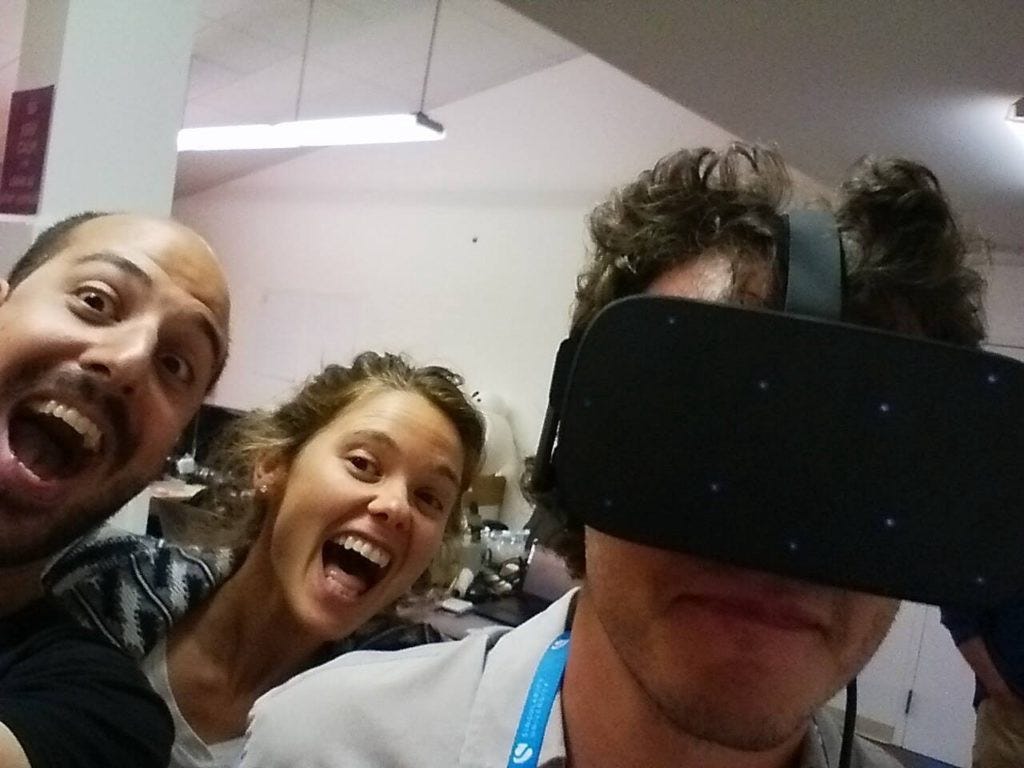
Excitement to be there is such that one sometimes forgets how exhausting the program can be. After dinner, we have technology workshops: 3D printing, robot building, controlling electronic devices with our mind, Arduino programming, VR, gene editing with CRISPR technology… Some other evenings we have fireside chats with Silicon Valley entrepreneurs. We had an “Ask me anything” session with Peter Diamandis. Recording and sharing on social networks is prohibited, for guests to speak freely. With Salim Ismail, author of the best-seller Exponential Organizations, we stayed up until 5 in the morning. Can’t remember how much wine we had that night.
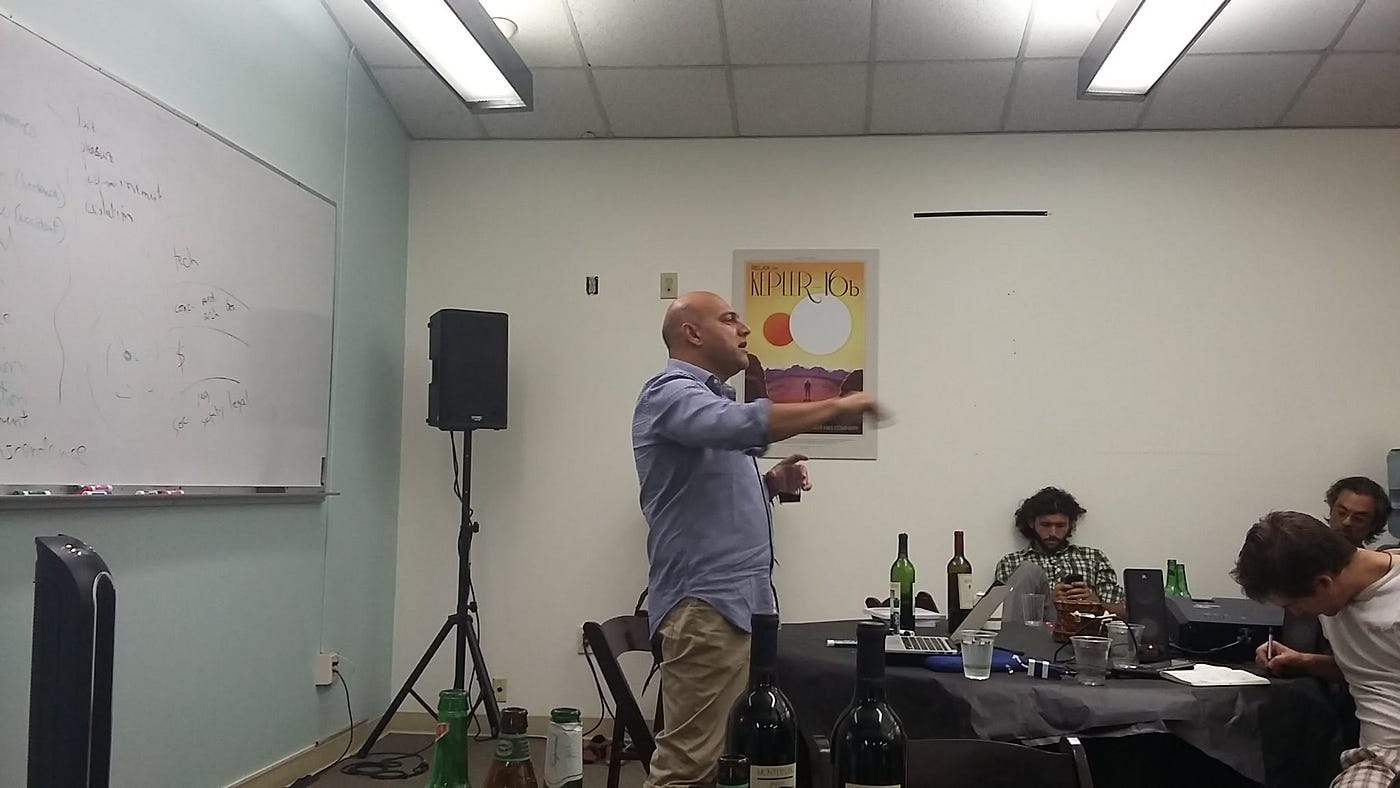
Can startups save the world?
Dambisa Moyo is a renowned expert in economic development. She came to talk about her book Dead Aid, Why Aid Is Not Working and How There Is a Better Way for Africa (2009), where she questions the effectiveness of international organizations development aid programs. GSP isn’t just an educational program. The goal is finding solutions to great global challenges in education, water, space, energy, health, prosperity, environment, security, shelter, governance and disaster resilience. It seeks to solve them through the creation of companies with the potential over 1 billion people.
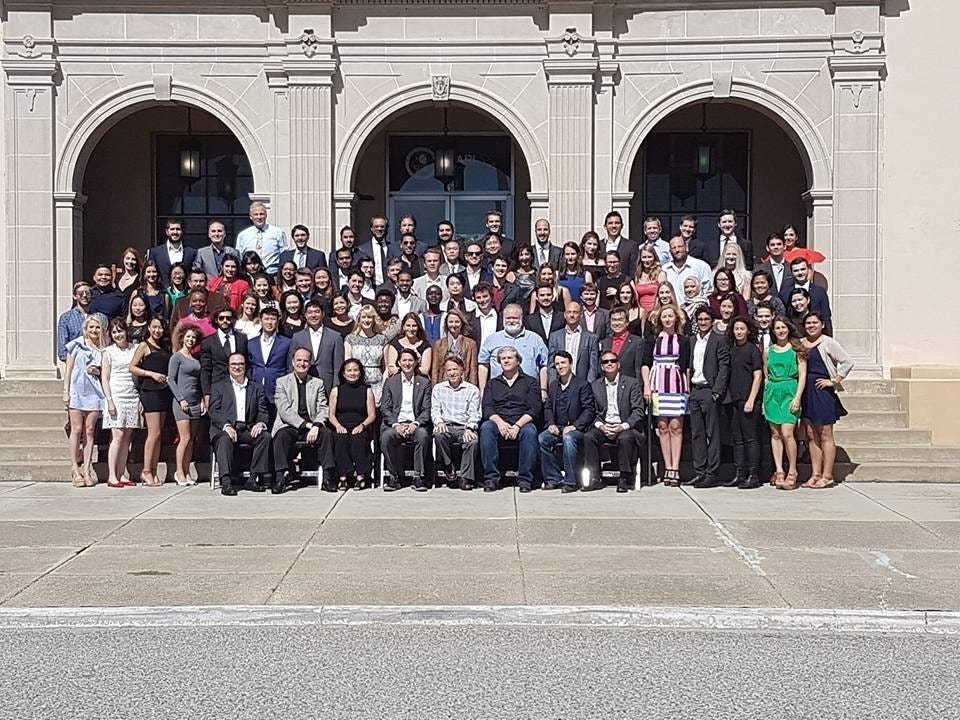
As the program approaches it’s fifth week, teams begin to form. Technologists team up with entrepreneurs and experts in global challenges. My roommate Nick (South Africa), biotechnologist, works with entrepreneur Agustina (Argentina) in developing a mobile application for diagnosing diseases in Africa. Shan (USA), medical doctor, mathematician and computer programmer works with ex Groupon executive Anya (Russia) in a genetic platform for drug discovery.
Office walls are covered with sticky notes and lean canvases. Teams meet many mentors, entrepreneurs, investors, and executives of Silicon Valley’s tech companies. Among them, managers of X , Google’s innovation unit that developed autonomous cars and Internet baloons. We got advice from them in design thinking and fast protoyping.
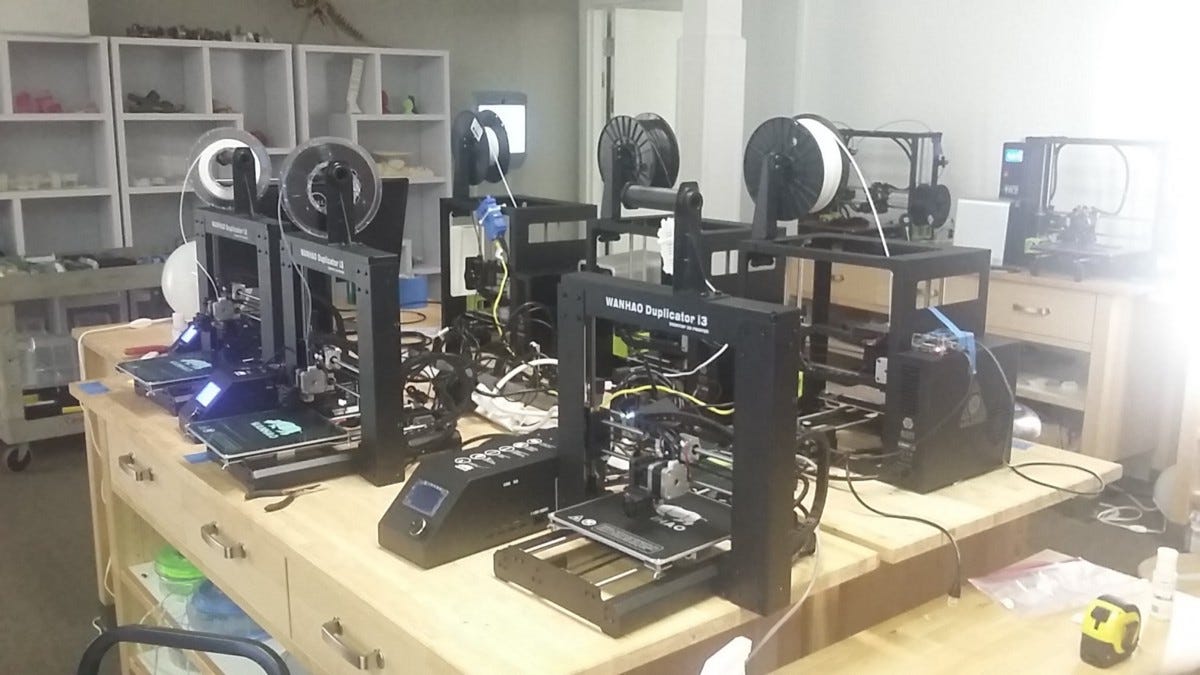
We’re continuously encouraged to test the most ambitious ideas. Failure isn’t a problem. The only problem is setting conservative goals. SU isn’t about incremental innovations that only achieve a 10% improvement. What motivates Silicon Valley are moonshots: go for 10x the existing solution and a billion dollar company.
Some companies from previous cohorts may be on their way to becoming unicorns. Matternet, founded in 2011 by Andreas Raptopoulos and Paola Santana, develops autonomous drones for transportation of merchandise. In August 2016, it raised almost $10 million in funding. In September, Mercedes Benz announced it will use Matternet drones for delivery. Miroculus, another SU startup, develops methods for early cancer diagnosis. SU keeps a part of the equity of every company created during GSP.
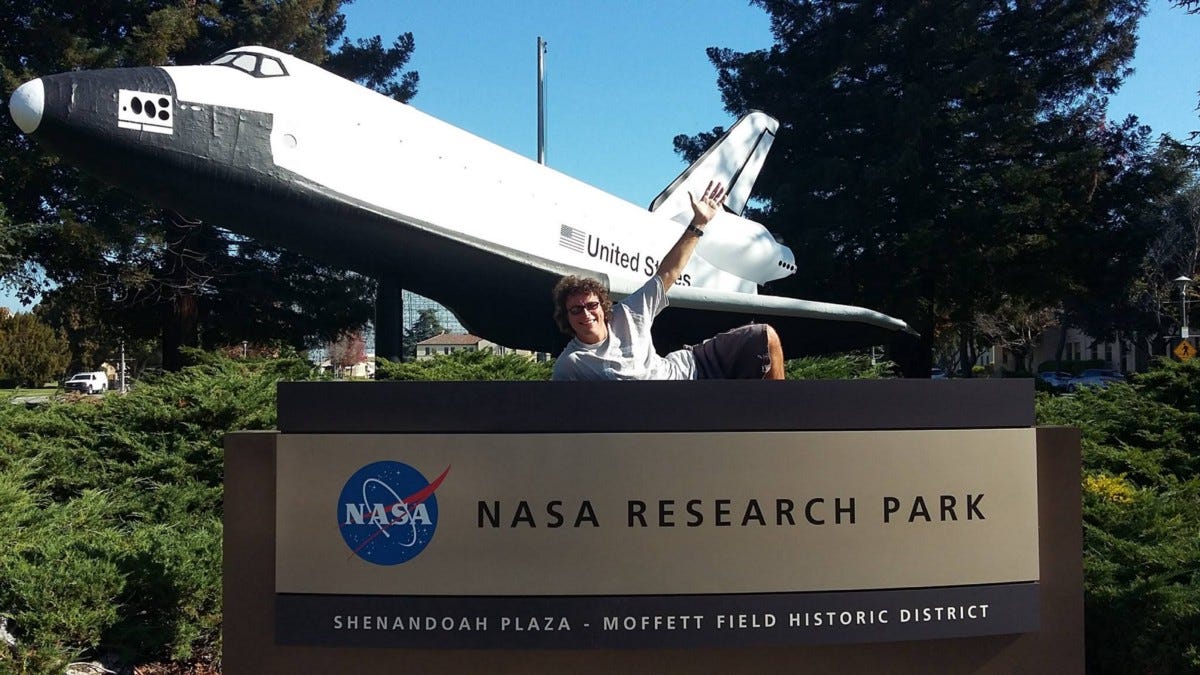
To space and beyond
“5, 4, 3, 2, 1 … go!”
We press the ignition button and a toy rocket is launched on the Moffett Field airstrip. Hundreds of space fans are gathered in the shade of the colossal Hangar One, a structure 345 meters long by 60 meters high, inaugurated in 1933 to house dirigibles. With Francesco (Italy), Leo (United Kingdom) and Alberto (Spain) we have built a rocket and put a toy llama inside. We called it the LlamaX project, in honor of Elon Musk’s SpaceX. The first llama to travel to space. This is the video of her journey:
Francesco, Leo and Alberto are aerospace experts, working on a project that uses 3D printing and robotics for building structures in space.
“Everything you use in space, you have to take it from Earth. And this is very expensive”, Leo explains. “To colonize other worlds, we need to use resources that are already there. Our company seeks to create technology for building houses and other structures using local materials”.
While this may sound like science fiction to some, it’s a future around the corner. The European Space Agency, where these three entrepreneurs worked before SU, has already announced plans to establish the first human colony on the moon. Obama said NASA will bring the first humans to Mars by 2030. Elon Musk announced he expects humans to live on Mars within 50 years.
Space is one of SU’s priorities. Peter Diamandis is co-founder of Planetary Resources, which develops technologies for mining in space. Made in Space, created during GSP 2010, develops 3D printers for zero-gravity environments. Space ships and colonies don’t need to carry every spare part from Earth. They can receive a digital file and print it on the spot. All these companies will help humanity become an intergalactic species.
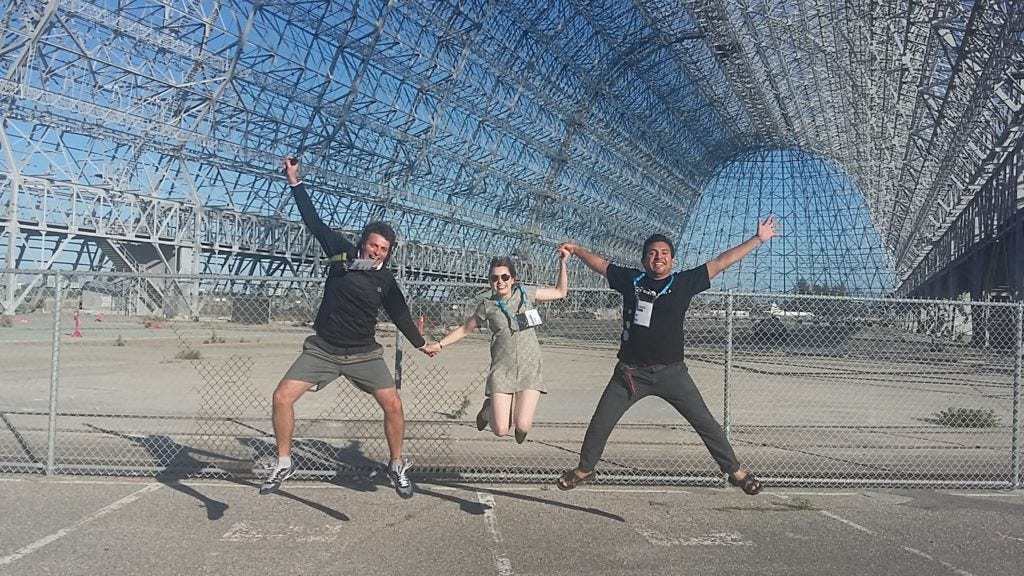
Singularity University’s idea of progress
There are two kinds of science fiction stories. Dystopias, such as Matrix and 1984, describe a future of decadence and technology as a tool of alienation. Utopias are stories of abundance and describe technology as an instrument of liberation. These are the works of Jules Verne.
In an age of Trumps and Brexits, a pessimistic *zeitgeist *is hard to avoid. Some predict a future of massive technological unemployment and hyper-concentrated wealth. SU narrative puts technological transformations in a broader historical perspective. This isn’t new.
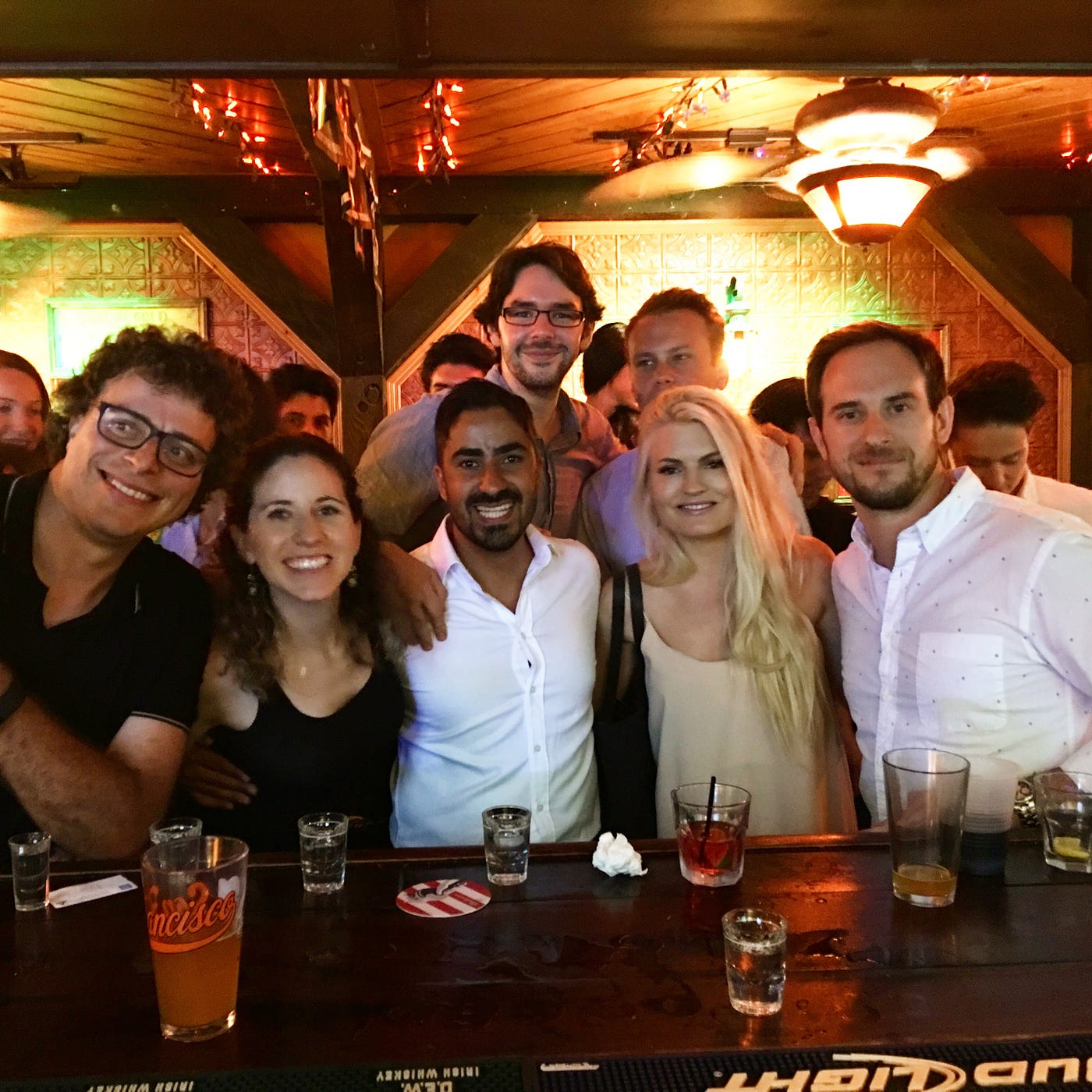
Humanity faced similar challenges during the industrial revolution of the nineteenth century, when mechanization broke with many customs and institutions that were taken for granted. The Internet, the new industrial revolution, also breaks with old customs and institutions. Although signs of abundance are all around us, it’s hard to see them. Ours is the time with less poverty, less violence, more education and life expectancy in human history.
Ray Kuzweil says:
“Technology turns what’s scarce in abundant. But our mindset is still based on the paradigm of scarcity”.
SU proposes to shift our view into the possibilities and challenges of the future, ten years from now. Over the course of the program, with this unusual group of people, we discussed things like the following: Are we going to be immortal? What will we do when all the work is done by the machines? Is there a real world or is it all a simulation? Which planet will we colonize after Mars? Is it ethical to make genetically perfect babies?
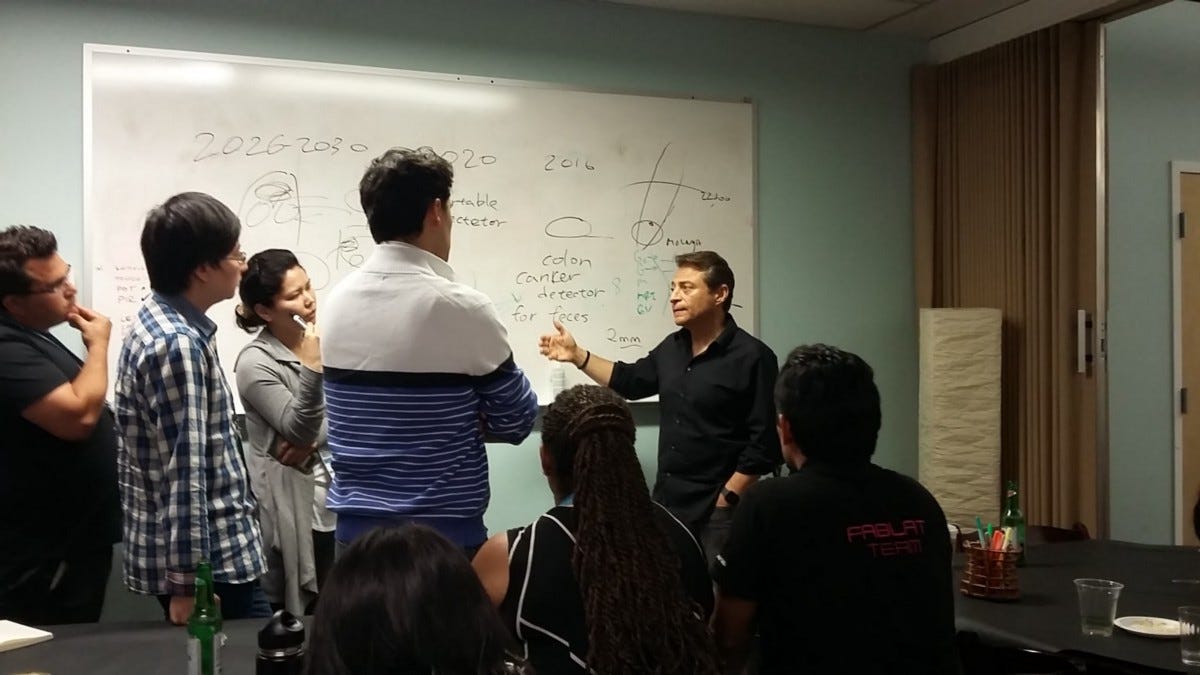
Back to real life
The GSP ended with a demo day. Teams pitched their projects to a panel of SU executives, investors and faculty. Then came the graduation ceremony. A few days later, we went back home. Some returned to their old jobs, though surely different. Others stayed for two more months at the campus in a new program called Launchpad, designed to help entrepreneurs push their projects forward.
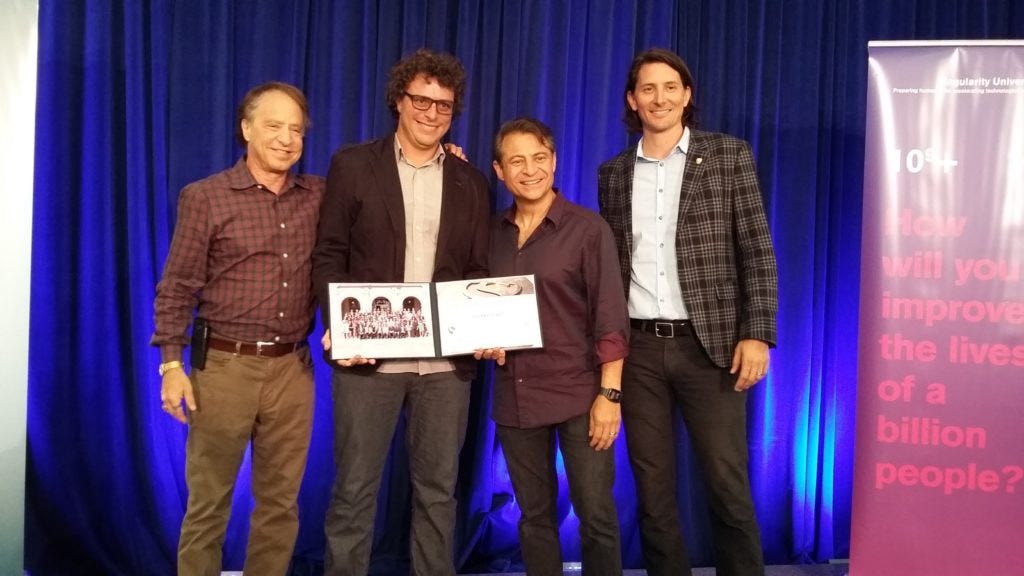
Silicon Valley, that 80-km strip between the cities of San Francisco and San Jose, is a place famous for high technology. But what makes it really special is its openness to new ideas and “weird people” who want to change the world. A place where engineers collaborate with artists, writers, scientists and designers with an optimistic look.
As Steve Jobs said:
“It is in Apple’s DNA that technology alone is not enough — it’s technology married with liberal arts, married with the humanities, that yields us the results that make our heart sing”
Ten weeks at Singularity University’s Global Solutions Program are a transformative experience in every sense of the word. It connects you with people you never imagined to meet and fundamentally transforms how you see the world. For a tech geek like me, it’s ten weeks down the rabbit hole.